The Fujifilm Instax Mini 99 is a Lot of Fun
I haven’t used an instant camera in a very long time, and I must admit that when the new Fujifilm Instax Mini 99 showed up I was a little flippant about it. After my time with it, I’m happy to admit I was wrong.
Note: The Instax Mini 99 PetaPixel used was pre-production, although no features were absent.
We are talking about an instant party camera, right? This $200 instant camera is made for birthdays and as a Christmas present for teenagers. Well, as it turns out, I had way more fun than I thought I would. This camera made me feel a lot more creative than I gave it credit for.
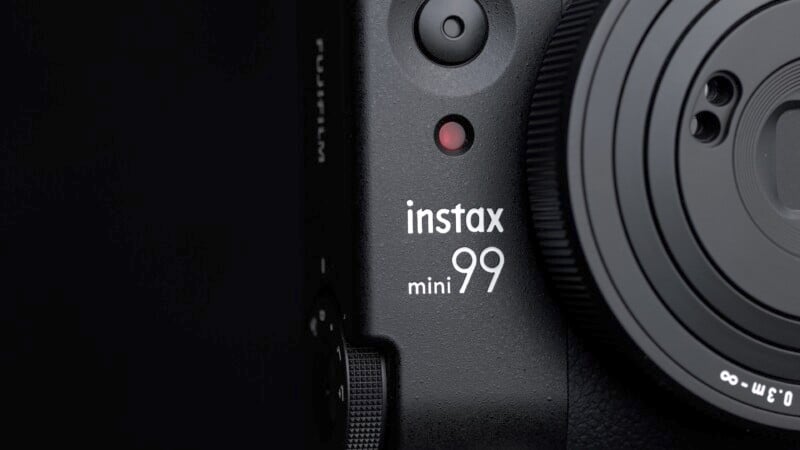
Thoughtful and Understated Design:
The Fujifilm Instax Mini 12s are adorably round and come in cute pastel colors. It’s fairly obvious that the target audience is somebody looking for a very casual experience. The Mini 90 on the other hand is all business with its vintage-inspired looks and some manual control. What I appreciated most about the Mini 99 was how it splits the difference with a very understated, simple design that can appeal to a broader range of people.
With its all-black design, it doesn’t draw attention to itself, yet under the hood, it is quite a unique and creative device. Still, as its name suggests, the Mini 99 uses Instax Mini film and has a more compact design that is aimed at the photographer on the go. This camera would be equally at home as much on the streets as it would at a birthday celebration or wedding hall.
My only gripe in regards to the handling is the viewfinder being offset from the eyecup. I would constantly center my eye in the eyecup only to find my view black. With a little adjustment, I’m sure I’d get used to pushing my eye toward the upper left to find the actual viewfinder regularly.
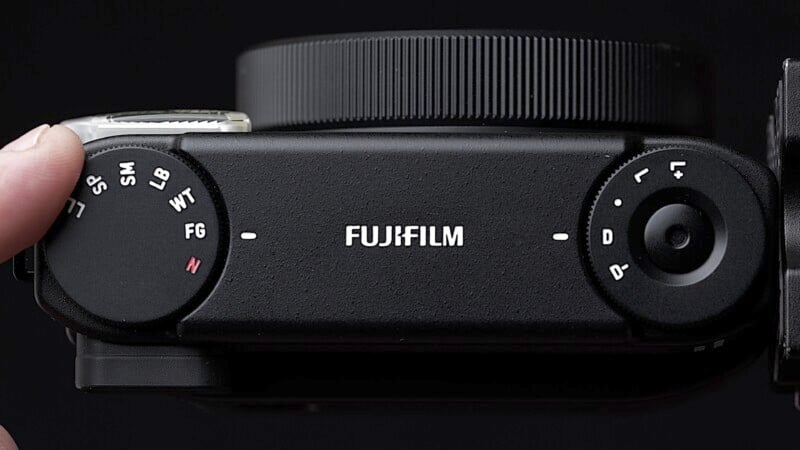
The Mini 99 has two shutter buttons suited for both horizontal or vertical shots, although I found that the side shutter could be used easily for both orientations. There is a small LCD panel that displays shots remaining as well as which photo mode the camera is set to, and battery life.
On the topic of the battery, the Mini 99 uses an NP-70S lithium battery which provides plenty of shooting life: I captured around 70 photos over a few hours and the battery still showed full. I feel like the budget for instant film would run out before the battery does. Charging can’t be performed through the camera and is done externally with a supplied battery charger.
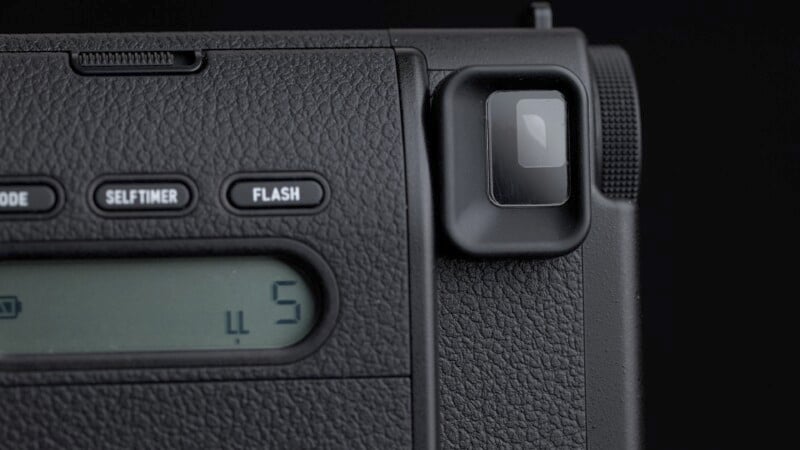
Three buttons let you choose between indoor modes, multiple exposures, sports shots, self-timer, and flash controls. There is also a bulb exposure setting but I didn’t find an opportunity to try this out myself. All of these options are handy to have but where the real magic happens is with two dials on opposite ends of the camera body.
First, the exposure button is labeled in a very simple way with settings for L(ighten)+, L(ighten), N(eutral), D(arken), and D(arken)-.
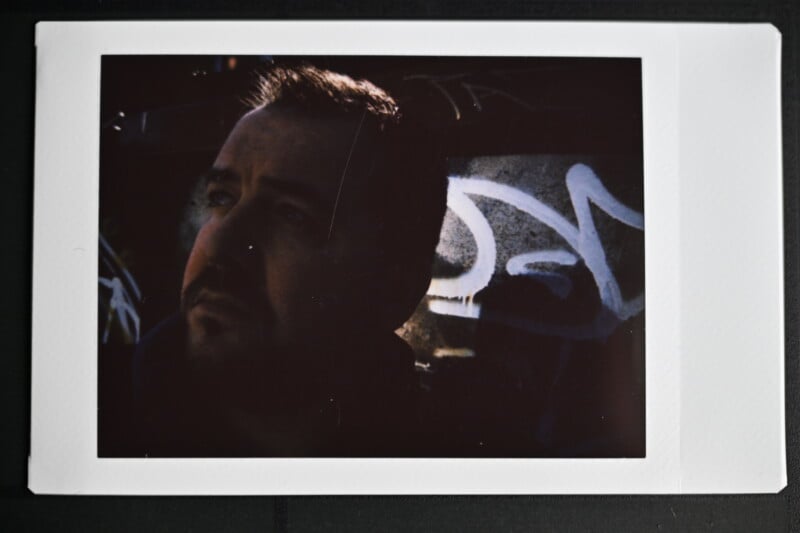
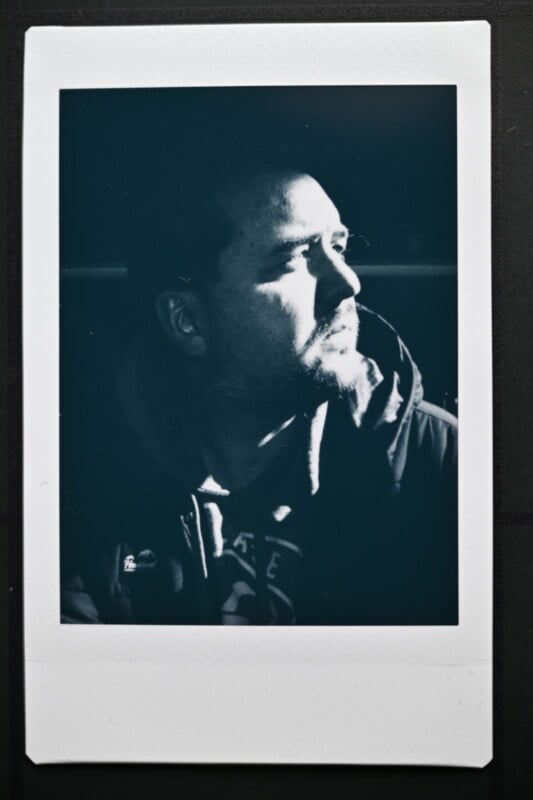
I found the exposure experience to be very much like an old-school center-weighted meter which means that exposure can be unpredictable with backgrounds that are predominantly light or dark. Compensation is required in many situations as Fujifilm Instax film tends to overexpose highlights. I had the camera set almost always to the first Darken setting but did raise the exposure brighter when dealing with a brighter background. When using fill-flash I would often drop the exposure down to its darkest setting to protect the highlights and let the flash fill the shadows.
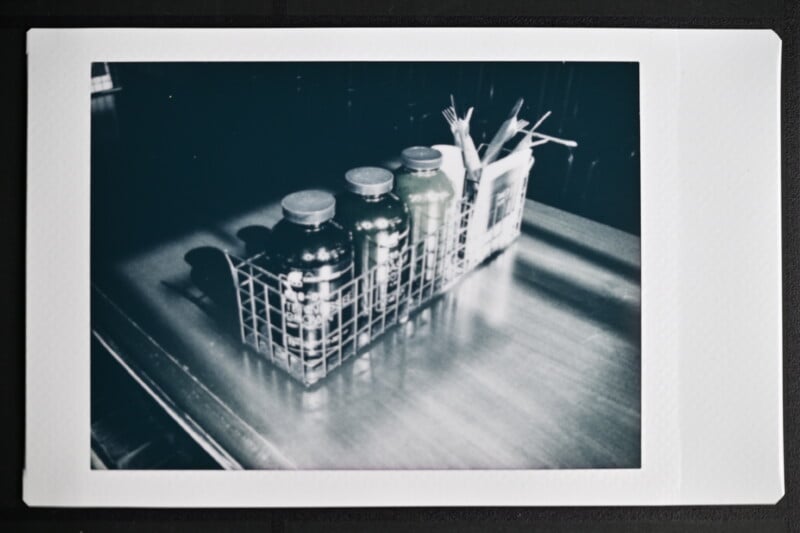
A Serious Instax That Doesn’t Skimp on Fun
The second dial is even more fun and provides a whole host of color modes to play with. The Instax Mini 99 accomplishes these color tones in an analog way by using tin LED lights inside the body of the camera that add a color cast. There are Light Blue and Forest Green modes, Sepia and Warm Tone, Soft Magenta, and even a Light Leak mode which is fairly convincing. The Instax film by default tends to have a cool tone so I appreciated having the other modes to either be creative or correct for certain lighting.
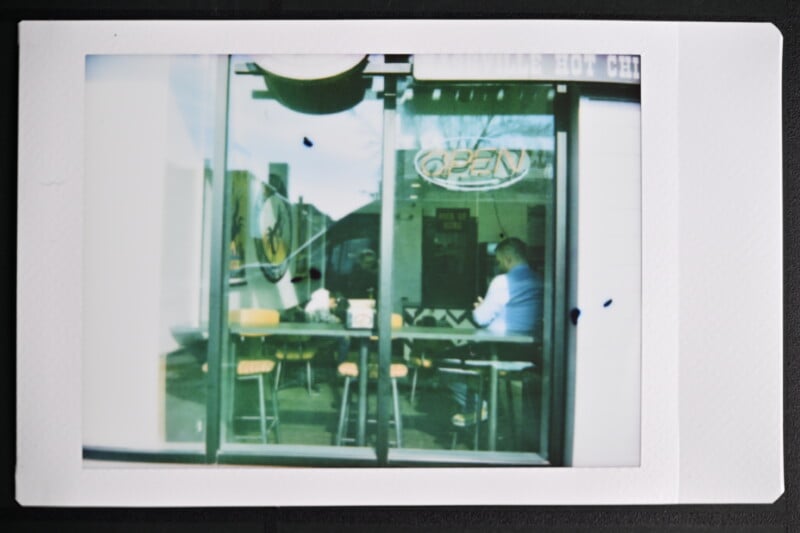
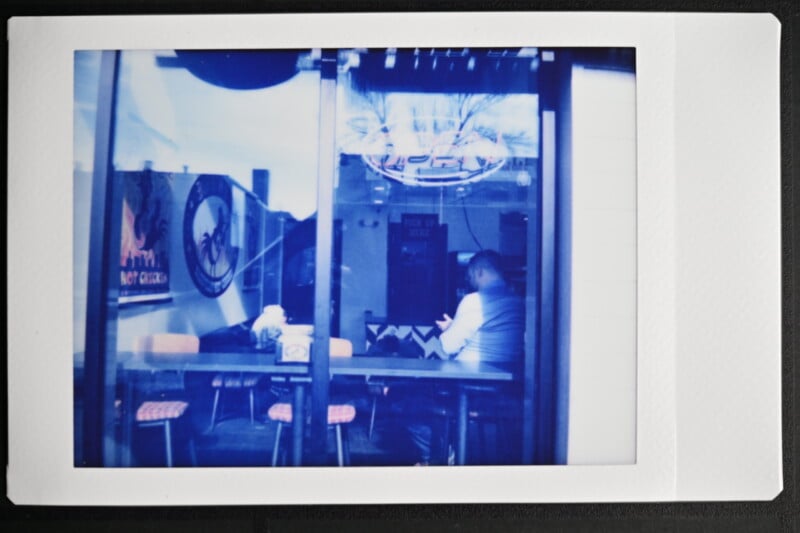
The Blue and Green modes were quite strong and I really liked the look that they give. The Warm Tone mode is okay but tends more towards magenta than yellow, so I didn’t gravitate towards it very much. Sepia is definitely warm to the extreme, but really overpowers other colors; I wouldn’t call it monochromatic but it’s a tad too strong. Similarly, the Soft Magenta setting is anything but. However, the Light Leak setting gives a strong rainbow hue with an uneven-looking emphasis to the exposure in the corners of the frame. It was actually more fun than I thought it would be.
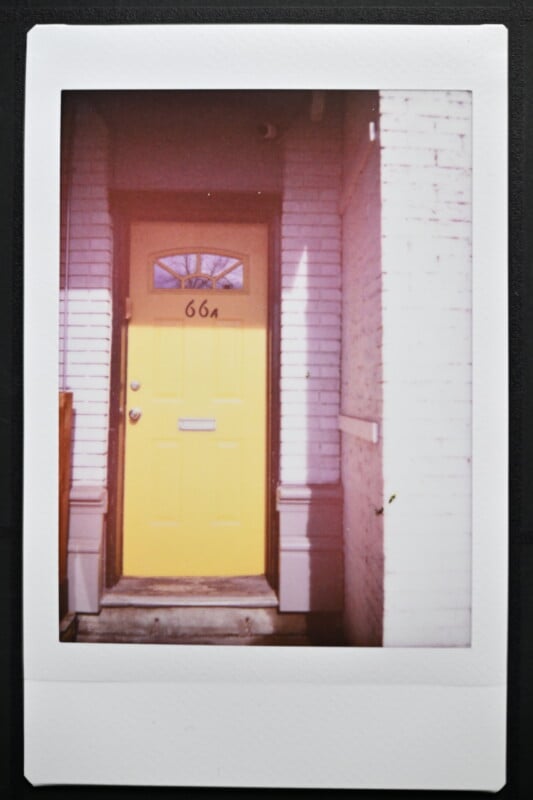
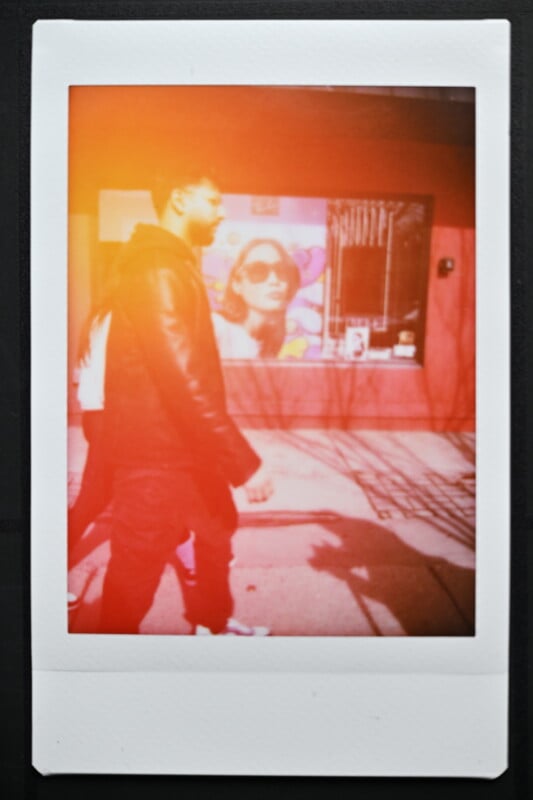
The cost of experimentation aside — which is significant given the price of Instax Mini Film — I found the color modes to be fun to use and I was always eager to see what the results would look like. The whole point of these cameras is to be fun so I’m going to say, mission accomplished.
There is also a focus control ring around the lens which acts as the on/off switch. You can select focus ranges from 0.3 to 0.6 meters, 0.6 to three meters, and then three meters to infinity. I tried to diligently set the appropriate range every time but in the end, Instax Mini is a fairly small and low-resolution affair and the focus ranges don’t have that big an effect, save for the closest macro setting.
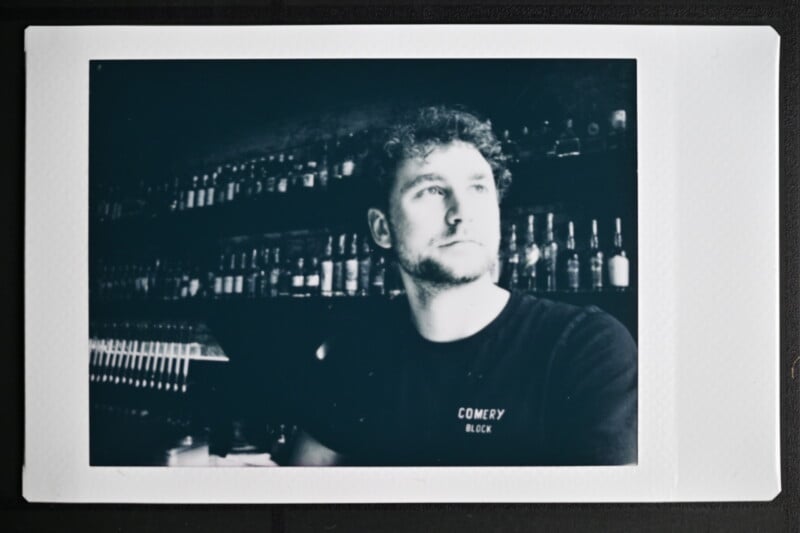
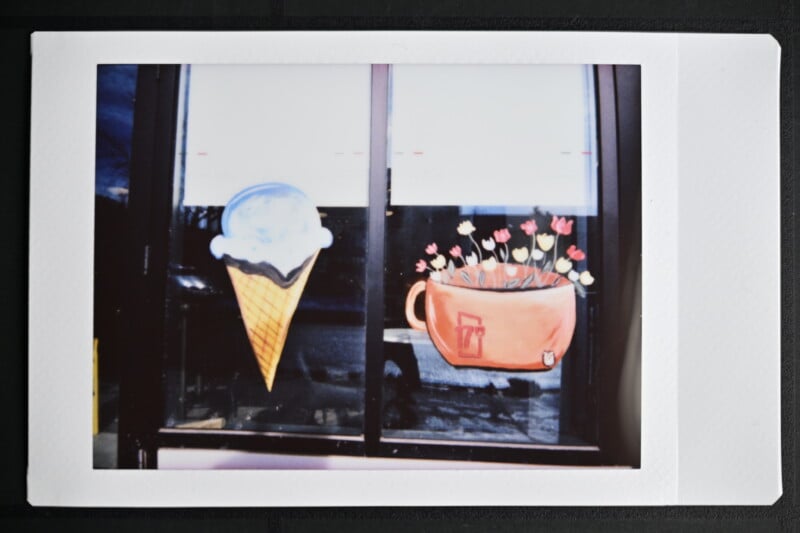
The lens assembly looks very similar to the Instax Mini 90, with the same 60mm f/10 lens that we’ve seen before. However, a vignette switch has been added which closes physical shutter blades in front of the lens elements. These are delicate and could be damaged if an errant finger finds its way into the front of the lens but I was pleasantly surprised to find the vignette effect to be understated. I was half expecting dark sweeping corners which are oh-so-popular on social media but the result is quite tastefully done.
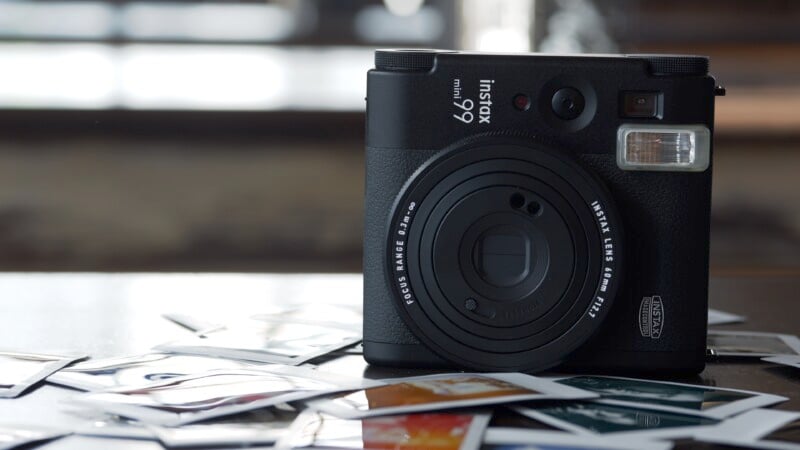
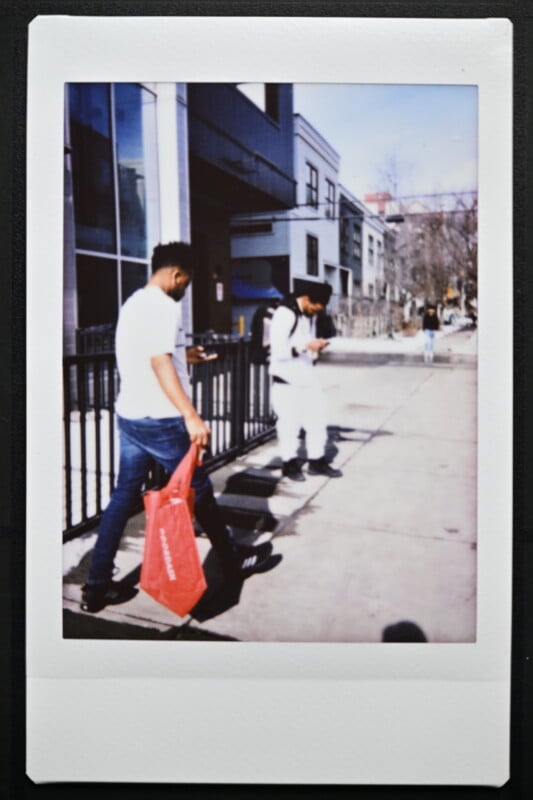
The Near-Perfect Instax Mini Camera
Overall, I enjoyed the experience of using the Mini 99 and there is something about the design and the instant nature of the film that had me going up to more strangers on the street. It’s easier to ask people for their portraits when you aren’t pointing an intimidating camera at them and can offer them a copy of the picture as payment, so to speak.
I shot many double shots so I could share the experience with my subjects and really enjoyed this aspect of the camera. It’s easy enough to take self-portraits but I was surprised to find no little mirror in order to help facilitate this. Usually, Instax cameras have a small reflective mirror to help frame self-portraits and I think the Mini 99 should have had this feature, too. All the more reason to make some friends when using this camera though, I suppose.
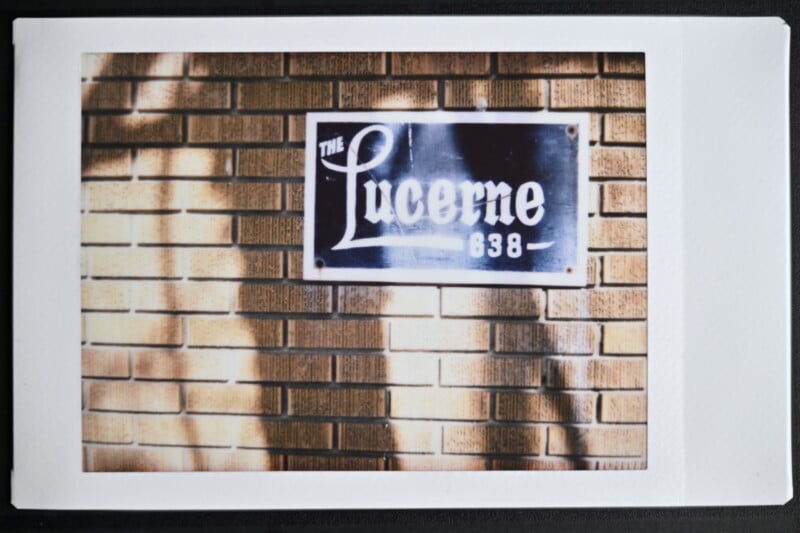
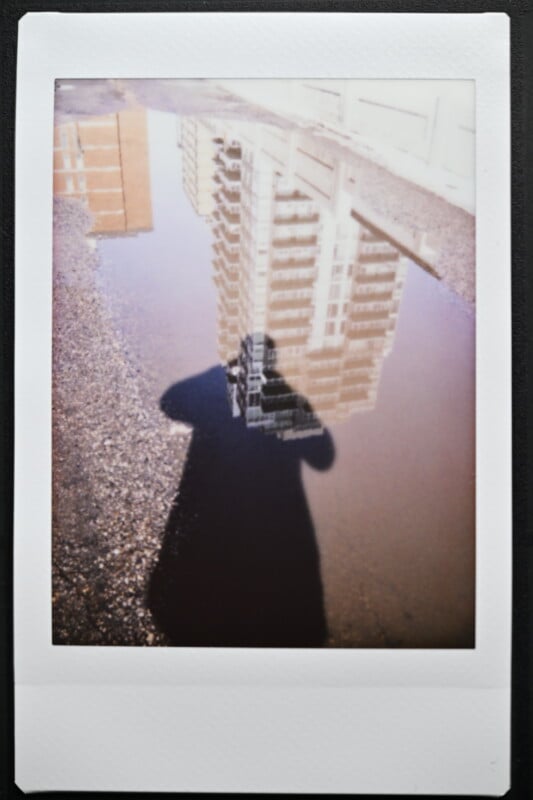
On the side of the camera is a 1/4″-20 thread for standard tripod plates however it only works when the camera is in vertical orientation. This is how most people will shoot it but I can’t imagine that a second thread position would have been that hard to implement. I used a supplied metal knurled grip that screws into the tripod thread and found this to be very handy to manipulate the camera with. I was able to hold the camera in either orientation with this cylinder and still push the same shutter button and never felt like I was going to drop the camera.
A Ton of Fun
I feel like the Mini 99 strikes an excellent balance between creative control and ease of use. The understated design should appeal to many users and the fun factor of a casual camera is still very much intact. The only real issue I see is in how carried away I got with taking photos: the instant film costs were stacking up quickly.
I was definitely having fun the whole time though and there is something to be said for that.